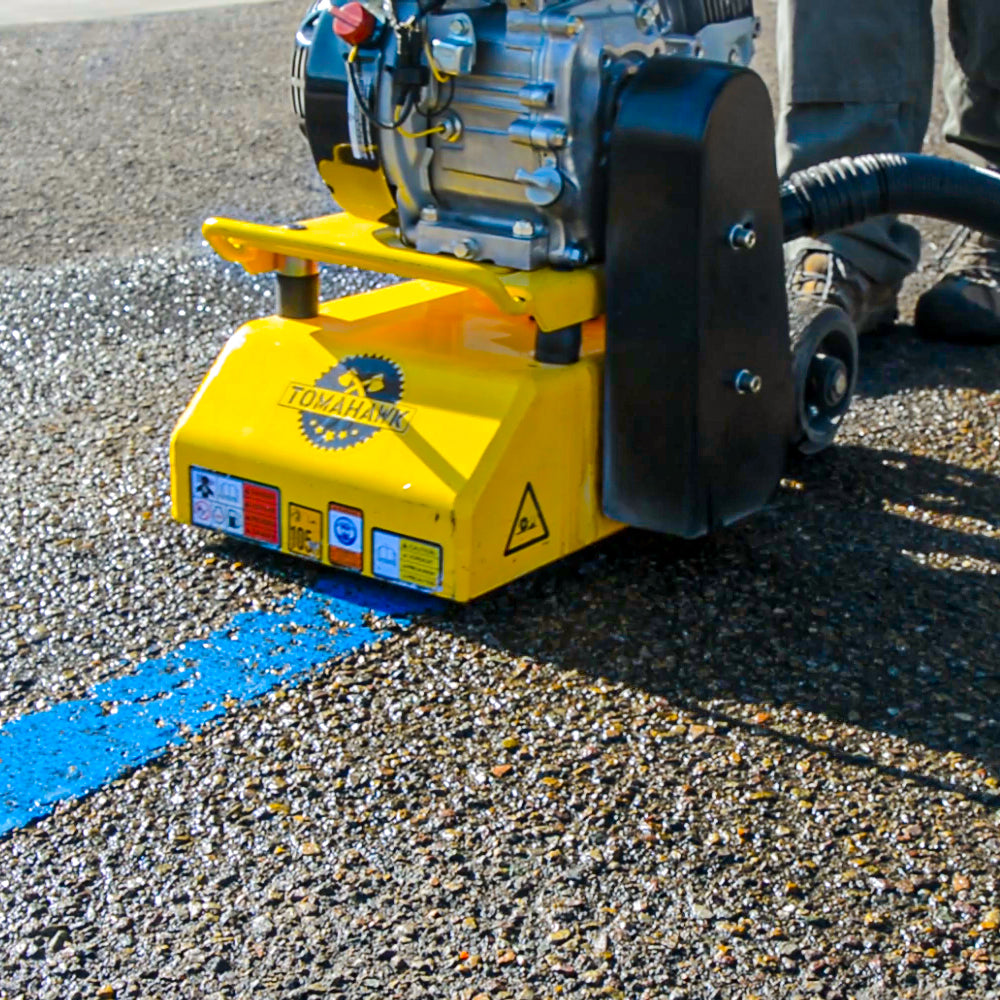Coatings and paint play an essential role in protecting and enhancing concrete surfaces. However, over time, these coatings can degrade, become damaged, or simply need to be replaced. Concrete scarifiers, also known as planers or milling machines, have emerged as powerful tools for precise and efficient coating and paint removal. In this blog, we explore the pivotal role that concrete scarifiers play in stripping coatings and paint while ensuring precision and quality.
1. The Need for Coating and Paint Removal
Coatings and paint on concrete surfaces can deteriorate due to exposure to weather, foot traffic, vehicular activity, or chemical agents. In some cases, coatings may also need to be removed to facilitate repairs, renovations, or the application of new coatings. Effective coating removal is essential to ensure a clean, even, and properly prepared surface for subsequent treatments.
2. Mechanism of Coating and Paint Removal
Concrete scarifiers are designed to remove coatings and paint from concrete surfaces through the use of rotating cutting drums equipped with cutting tools or teeth. As the scarifier moves across the surface, the cutting tools interact with the coating or paint layer, effectively milling it away. This process exposes the underlying concrete, providing a clean and smooth surface for further treatments.
3. Benefits of Using Concrete Scarifiers for Coating and Paint Removal
a. Precision Removal: Concrete scarifiers offer precise control over the depth of material removal. This allows operators to selectively remove coatings and paint layers without damaging the underlying concrete.
b. Uniform Surface Preparation: Scarifiers create a consistent and uniform surface by removing the entire coating or paint layer. This uniformity ensures better adhesion for new coatings or treatments.
c. Time Efficiency: Scarifiers can remove coatings and paint quickly and efficiently, resulting in shorter project timelines compared to manual methods.
d. Reduced Labor: The efficiency of scarifiers significantly reduces the need for manual labor, making the coating removal process less labor-intensive.
e. Removal of Tough Coatings: Scarifiers are effective in removing various types of coatings, including epoxy, urethane, acrylics, and more. They can handle even tough and stubborn coatings.
f. Environmentally Friendly: Scarifiers produce less dust and debris compared to traditional grinding methods, contributing to a cleaner and more environmentally friendly work environment.
4. Best Practices for Coating and Paint Removal with Scarifiers
-
Surface Inspection: Before using a scarifier, inspect the surface for any cracks, defects, or irregularities that might affect the coating removal process.
-
Adjust Cutting Depth: Adjust the scarifier's cutting depth based on the thickness of the coating or paint layer to be removed. Start with a shallower depth and gradually increase it if necessary.
-
Overlap Passes: When making multiple passes with the scarifier, ensure that each pass overlaps the previous one slightly to achieve complete and uniform removal.
-
Keep the Scarifier Moving: Maintain a steady and even pace while operating the scarifier to prevent uneven removal and achieve consistent results.
-
Safety Precautions: Always wear appropriate personal protective equipment (PPE), including safety glasses, ear protection, dust masks, and gloves.
Concrete scarifiers are invaluable tools for precise and efficient coating and paint removal from concrete surfaces. Their ability to strip away layers of coatings while maintaining the integrity of the underlying concrete makes them indispensable in surface preparation for renovations, repairs, and new coatings. By understanding the mechanism, benefits, and best practices of using scarifiers for coating and paint removal, construction professionals can achieve exceptional results in surface preparation and restoration projects.










